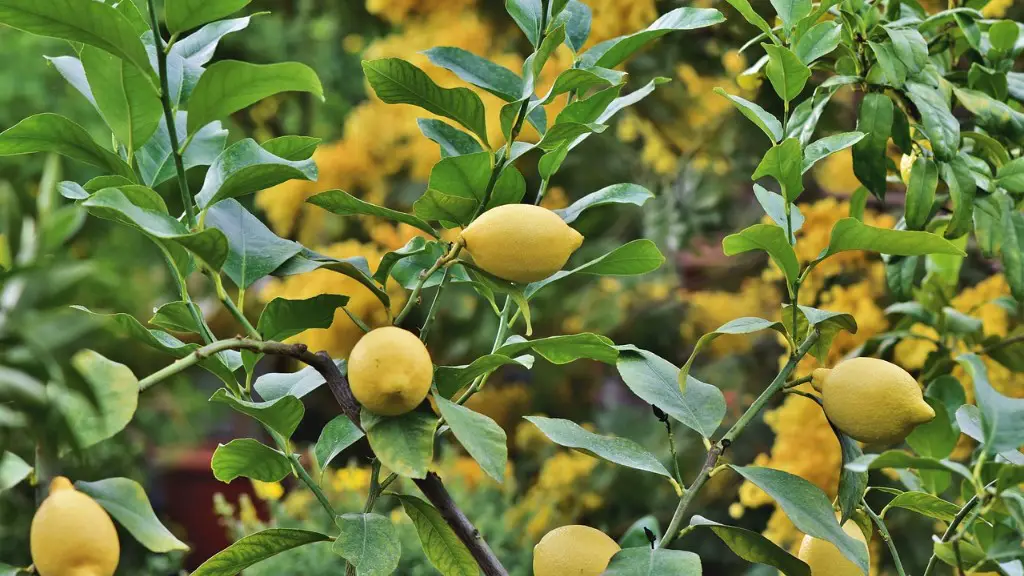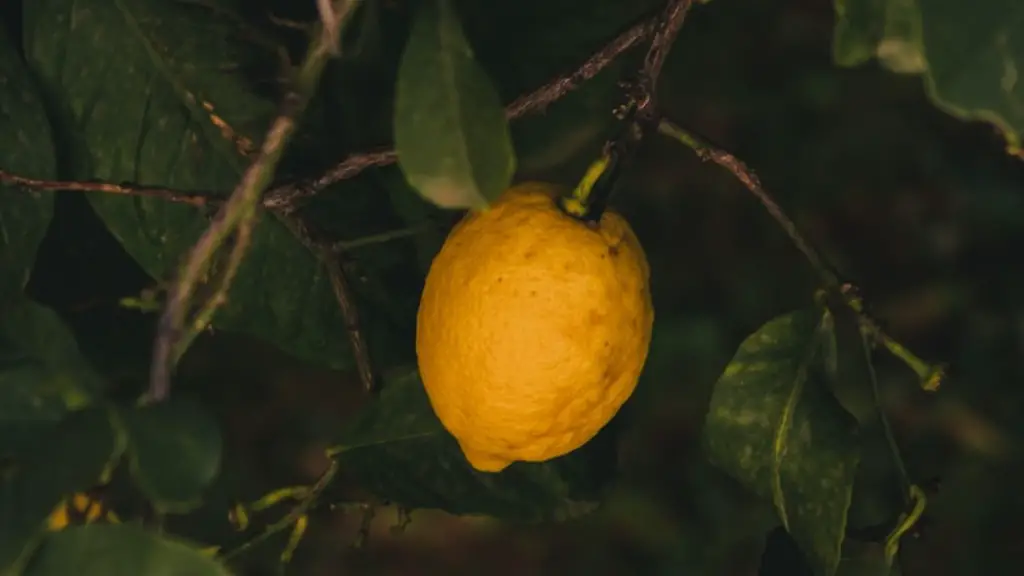The bottle palm tree is a unique and interesting plant that can be a great addition to any home. Native to Madagascar, the bottle palm tree is a slow-growing plant that can reach up to 20 feet in height. The most distinctive feature of the bottle palm tree is its swollen trunk, which can reach up to two feet in diameter. The bottle palm tree is a relatively easy plant to care for, and with a little attention, it can thrive indoors or outdoors.
Water the tree deeply about once per week, providing 1 to 2 inches of water. Allow the top layer of soil to dry out in between watering. Apply a slow-release fertilizer made for palms every six months in the spring and fall.
How do you maintain a bottle palm?
The bottle palm is a beautiful, unique-looking plant that can really add some character to your home. It’s important to keep in mind, though, that this plant requires full sun once it’s matured – even in intense light conditions. If you live in an area with extreme cold weather, it’s best to avoid this plant, as it won’t fare well. The bottle palm is best suited for USDA plant hardiness zones 10a to 11, which includes South Florida.
Water is essential for the health of your palm tree, but too much or too little water can damage the tree and lead to leaf yellowing and browning. Most palms prefer to be watered when 50% of their soil volume is dry. Always check the soil before watering to make sure the tree needs it. Water thoroughly and discard any excess water from the saucer.
How often should you water a bottle palm tree
The bottle palm tree is a beautiful, unique tree that can add a touch of elegance to any yard or garden. They are relatively easy to care for, but there are a few things to keep in mind when it comes to watering and fertilizing your bottle palm tree.
Watering: Water your palm 2-3 times per week for the first month, then once a week for the remainder of the first year after planting. Keep the soil moist but well-drained, watering more in times of drought and less when there is rainfall.
Fertilizing: Feed your palm tree with a slow-release fertilizer formulated for palms twice a year, in the spring and summer. Be sure not to over-fertilize, as this can damage the roots and leaves of your tree.
With proper care and attention, your bottle palm tree will thrive and provide you with years of enjoyment.
Bottles are drought-tolerant and like full to part sun locations. They can be used in partial shade as well, but if there’s too much shade the crownshaft will grow elongated and lean toward the light – turning unique into just plain ugly. These palms are highly salt-tolerant making them ideal for coastal plantings.
Can bottle palm survive winter?
The Bottle Palm is not cold hardy and will not tolerate frost. It can handle temperatures down to 30F, making it great for USDA Zones 10a (30 to 35F) to 11 (above 40F).
If your palm tree leaves are turning yellow, it could be a sign that the tree is lacking essential nutrients. Make sure to check the soil for any deficiencies and correct them accordingly. Alternatively, a pest or fungus could be causing the leaves to yellow. In this case, you’ll need to take appropriate measures to get rid of the problem.
What does an overwatered palm look like?
Overwatering your palm tree can lead to a number of problems, including drooping leaves, black spots on leaves and stems, mold on the surface of the soil, and yellowing leaves. If you see any of these signs, it’s important to take corrective action immediately to avoid further damage to your tree.
Bottle palm trees are a beautiful addition to any home or garden, but they do require some care in order to thrive. The life span of a bottle palm tree depends at least partly on where it is sited and the level of care it receives. A well-cared-for tree in a location with adequate sun may live up to 70 or more years. With proper care, your bottle palm tree can provide you with years of enjoyment.
Does Epsom salt help palm trees
If your palm tree is suffering from a magnesium deficiency, Epsom salt can be a good supplement in addition to regular fertilizer applications. If that’s the case, sprinkle 2 to 3 pounds of Epsom salt under the tree’s canopy, then water.
If you love your palm trees, it is important to give them the right amount of water. Too much water can be just as harmful as too little water. One way to make sure you are giving your palm tree the right amount of water is to use a soil wetness meter to check for soil dampness. You can also stick your finger into the soil and if the first 2 inches are dry, it is ok to water typically.
How do I know if my palm tree needs water?
If you’re watering palms in garden beds or containers, it’s important to check the soil to a depth of at least a couple inches each time before you water. If the soil is dry, provide water. If the soil is moist, no watering is needed.
When watering a new palm, it is important to water it every day during the first week. After the first week, you can water it every other day. Once the palm is more established, you can water it 2-3 times per week. Some palms only require watering if the top inch or two of soil is dry.
Do bottle palms do well in pots
A small, slow-growing palm, bottle palm grows well in containers. You can also grow it indoors if you have a spot with plenty of bright light, advises the University of Florida IFAS Extension. Use a mid-size pot filled with a commercial potting mixture or a mixture for cacti and succulents.
To protect your bottle tree palm from frost, tie up the fronds gently with an insulating material or light blanket as soon as the winter cold starts kicking in Even a light frost can cause the fronds to wither and die. Bottle palm trees require regular pruning because they are not self-cleaning.
What is the best fertilizer for bottle palm?
We really like Miracle-Gro Shake ‘N Feed fertilizer for palm trees. It’s easy to use; contains the ideal NPK ratio; and contains manganese, magnesium, and iron for healthy palm fronds.
Some of the most popular cold-hardy palm trees include the Washingtonia filifera (desert fan palm), the Trachycarpus fortunei (Chinese windmill palm), and the Rhapidophyllum hystrix (needle palm). If you live in an area with cold winters, consider planting one of these species in your garden!
Final Words
1. Water your bottle palm tree regularly, making sure the soil stays moist but not soggy.
2. Feed your palm tree a suitable fertilizer once or twice a year.
3. Trim away any yellow or brown leaves as needed.
4. Place your palm tree in a spot where it will get plenty of bright, indirect sunlight.
5. Bring your palm tree indoors over winter if you live in a cold climate.
The most important thing to remember when caring for a bottle palm tree is to keep it healthy and hydrated. Fertilize regularly and water deeply, but don’t over water. Be sure to provide adequate drainage and keep an eye out for pests or diseases. With a little care, your bottle palm tree will thrive for years to come.



